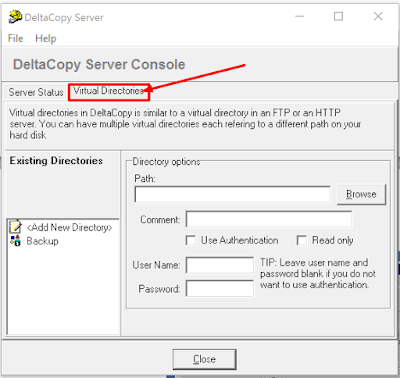Installing WebSVN on Centos 6.7
WebSVN is tool that
Features:
WebSVN offers the following features:
Easy to use interface;
Blame view;
Log message searching;
RSS feed support.
Installation
1. Download the websvn
# cd
# wget
http://websvn.tigris.org/files/documents/1380/49057/websvn-2.3.3.zip
2. Extract the zip
package.
# unzip websvn .
# mv websvn websvn
3. Installl php
# yum install php
4. Edit web svn
# cd websvn
# mv
# vi
// Configure these lines if
your commands aren't on your path.
//
$config->setSVNCommandPath (
$config->setDiffPath (
// For syntax colouring
$config->setEnscriptPath (
$config->setSedPath (
// For delivered tarballs
$config->setTarPath (
// For delivered GZIP'd files
and tarballs
$config->setGZipPath (
//
$config->parentPath ( var svn
$extEnscript[ . pl perl
$extEnscript[ . py
$extEnscript[ sql
$extEnscript[ java
$extEnscript[
$extEnscript[
$extEnscript[ . thtml
$extEnscript[ . tpl
$extEnscript[ .
~
5. Reload apache
and start websvn
# service httpd restart
Adding authentication you
can add this configuration
Alias /svn /var /www/html/websvn
<Directory /var/www/html/websvn >
DirectoryIndex index.php
Options FollowSymLinks
Order allow, deny
Allow from all
AuthType Basic
AuthName "Subversion
repository"
AuthUserFile /etc/svn-auth -users
Require valid-user
</Directory>
Adding users to authentication
file
New password:
Re-type new password:
Adding password for user testuser
## Create testuser2 ##
New password:
Re-type new password:
Adding password for user testuser2
Keywords: Subversion, SVN, SVN Server, Adding Users on SVN Server, Backup SVN, Restore SVN.



Comments
Post a Comment